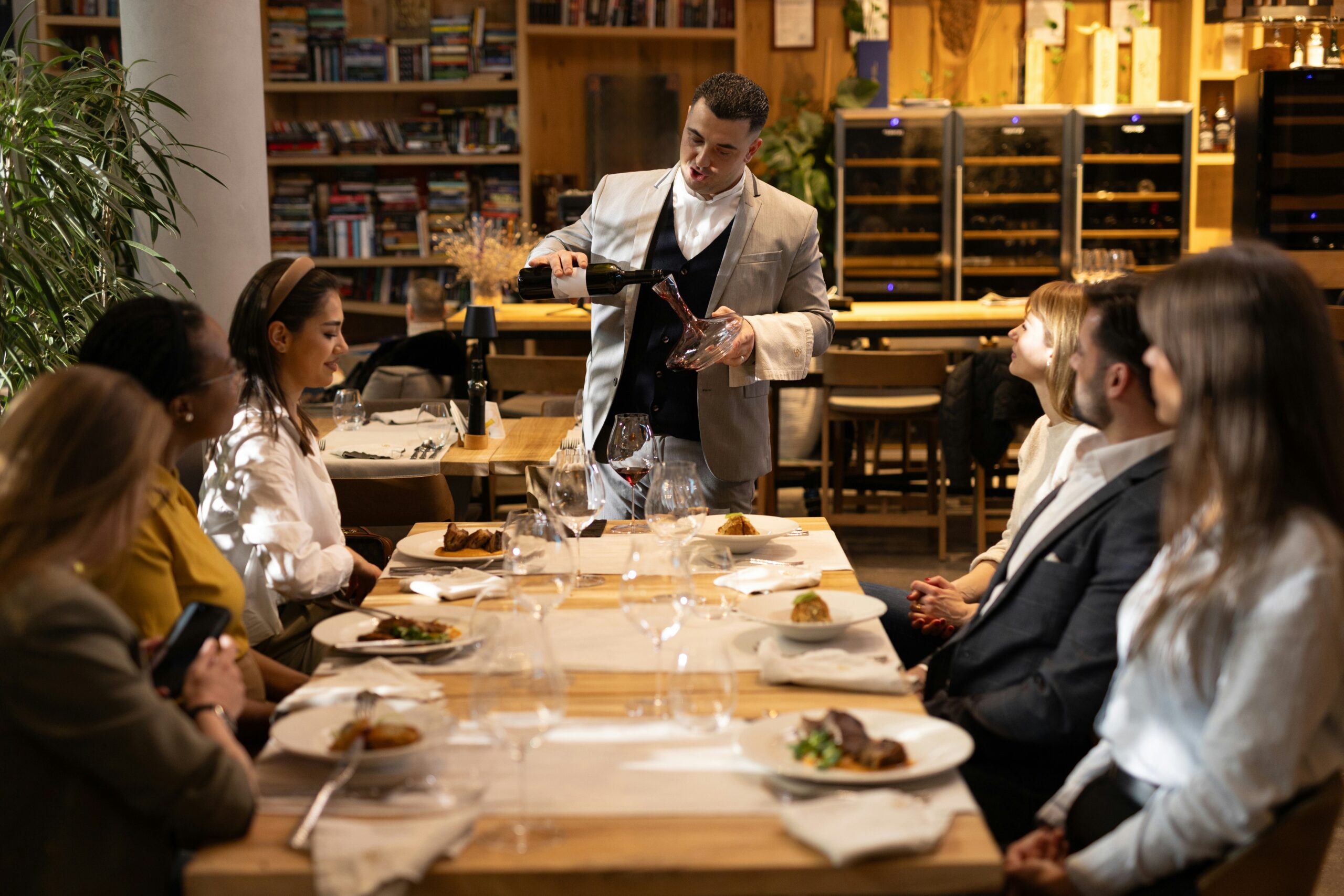
Hosting a dinner party brings people together in a way that few other gatherings can. When you invite guests into your home for a shared meal, you offer more than just food. You create an atmosphere filled with warmth, laughter, and connection. Crafting a dinner party experience worth remembering requires thoughtful planning, a focus on details, and a genuine desire to make everyone feel welcome. From choosing the menu to setting the tone with décor and music, every element plays a role in shaping the evening.
Planning the Perfect Evening
The first step in creating a dinner party experience worth remembering begins long before the first guest arrives. Planning is where you set the stage. Please think about the type of evening you’d like to host. Do you envision an elegant, formal dinner with multiple courses, or a casual, cozy gathering that feels more like a family meal? By defining the mood early, you can make decisions about food, décor, and entertainment that stay consistent.
Send invitations early enough to allow guests to prepare. A personal message, whether through email or a beautifully designed card, adds a thoughtful touch. Clear communication about time, dress code, and special themes makes the evening flow more smoothly.
Crafting a Menu that Delights
Food sits at the heart of any memorable dinner party. Designing a menu that excites taste buds while catering to dietary needs demonstrates care for your guests. Offer a balance of flavors by combining rich dishes with lighter options. For example, serve a bold entrée such as roasted lamb alongside a refreshing salad with citrus and herbs.
You can prepare some parts of the meal in advance to ease pressure during the evening. This allows you to spend more time with your guests rather than in the kitchen. A signature appetizer, a crowd-pleasing main dish, and a decadent dessert can make the meal feel complete. Pair the courses with wine or specialty drinks that highlight the flavors.
Setting the Table with Style
The dinner table is more than just a place to eat. It creates the visual centerpiece of your event. A well-set table makes guests feel valued and sets the tone for the evening. You can use linens, dishes, and flatware that complement the theme you chose during planning. Candles or soft lighting can add intimacy and charm. Fresh flowers bring color and life to the setting without overwhelming the senses.
Pay attention to seating arrangements. Place guests in a way that encourages lively conversation. Mixing personalities while considering common interests often leads to memorable discussions that guests will recall long after the evening ends.
Creating the Right Atmosphere
Ambiance plays a decisive role in creating a dinner party experience worth remembering. Music can fill gaps in conversation while setting a mood that enhances the overall evening. Choose a playlist that reflects the tone you want—soft jazz for elegance, acoustic guitar for warmth, or upbeat tunes for energy.
Temperature and lighting matter just as much. A room that feels too warm or too cold can distract from the joy of the evening. Adjust the lighting to be cozy but not dim. The goal is to make the environment inviting without taking attention away from the food and company.
Engaging Guests with Conversation
A dinner party thrives on good conversation. As a host, you guide the flow by introducing topics and ensuring no one feels left out. Ask open-ended questions that allow guests to share stories and perspectives. Avoid subjects that spark conflict or discomfort. Instead, focus on shared experiences, travel, food, or favorite books and films.
Create moments where laughter fills the room. Humor bonds people quickly and creates lasting memories. At the same time, be attentive to quieter guests. Encourage them gently to participate so everyone feels included in the evening.
Adding Unique Personal Touches
Small personal touches transform a simple dinner into an extraordinary one. Handwritten place cards can make each guest feel special. A welcome drink served upon arrival signals hospitality from the very beginning. Consider preparing a dish tied to a meaningful story or cultural background. Sharing these personal details enriches the experience.
A memorable dinner party does not rely only on perfection. Sometimes it is the unexpected moments—an impromptu toast, a shared memory, or a dish that sparks nostalgia—that make the evening truly special. Embrace these moments with gratitude and let them add authenticity to the event.
Balancing Hosting and Enjoyment
While it is tempting to focus on every detail, do not forget to enjoy the evening yourself. Guests notice when a host is relaxed and engaged, and this sets the tone for everyone else. Plan enough so you can sit down, eat, laugh, and join the conversation—the energy you bring shapes the experience more than any centerpiece or recipe.
Keep the flow of the evening natural. Avoid rushing from course to course. Give guests time to savor flavors, talk, and connect. Breaks between courses encourage movement and keep energy levels high.
Ending the Evening on a High Note
The way you end the dinner party leaves a lasting impression. A final toast offers gratitude for everyone’s presence and wraps up the evening with warmth. A light dessert or after-dinner drink creates a gentle close without overwhelming guests.
As they leave, thank them personally and, if possible, send them home with a small token. Homemade cookies, a recipe card from dinner, or even a simple handwritten note can extend the feeling of thoughtfulness beyond the evening.
Creating Lasting Memories
A dinner party becomes memorable not because of perfection, but because of the joy it sparks. When you host with intention, care, and authenticity, your guests will remember more than the flavors of the food. They will remember the laughter around the table, the warmth of your hospitality, and the feeling of being part of something special. By weaving together planning, food, atmosphere, and connection, you create a dinner party experience worth remembering.